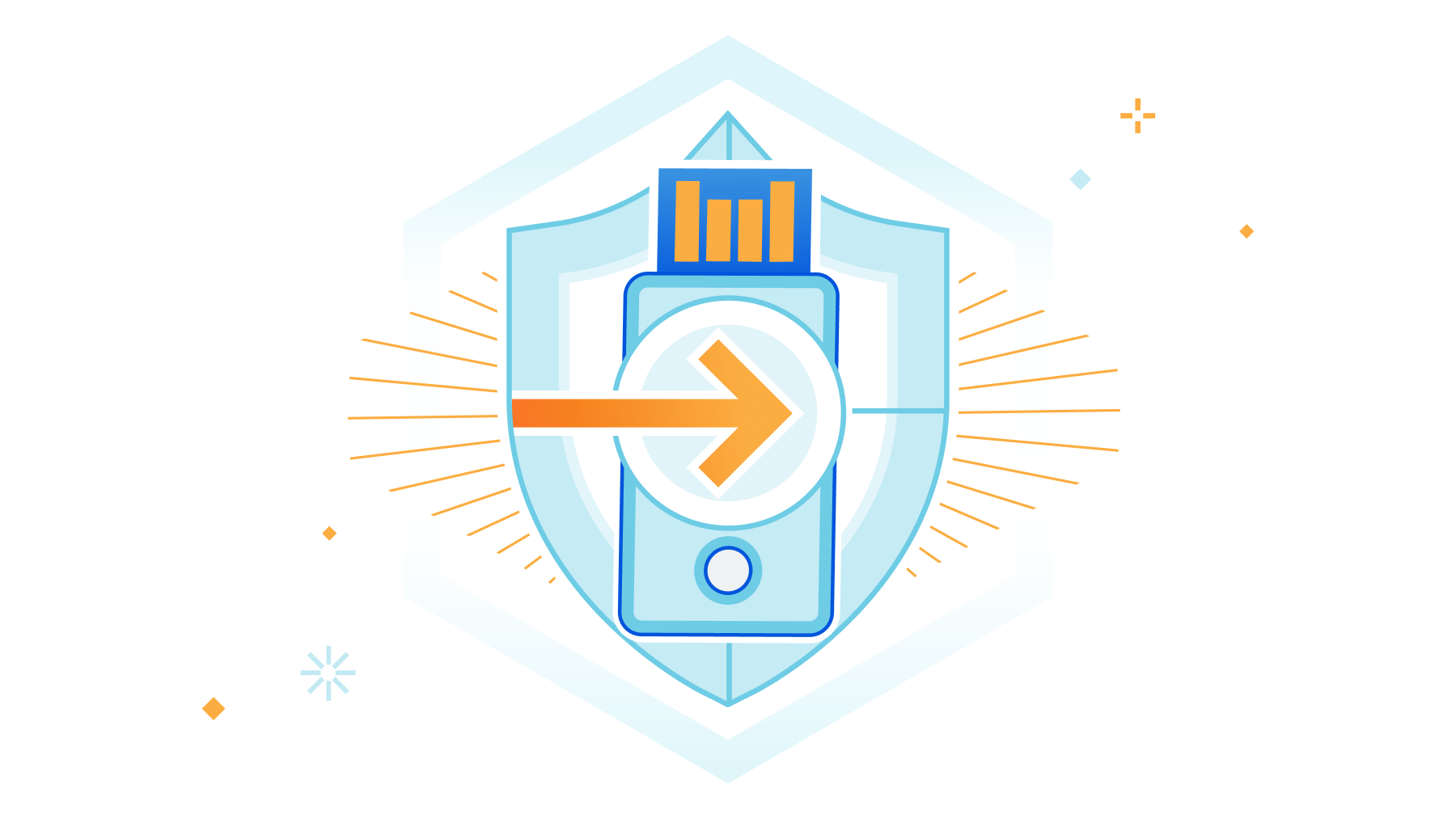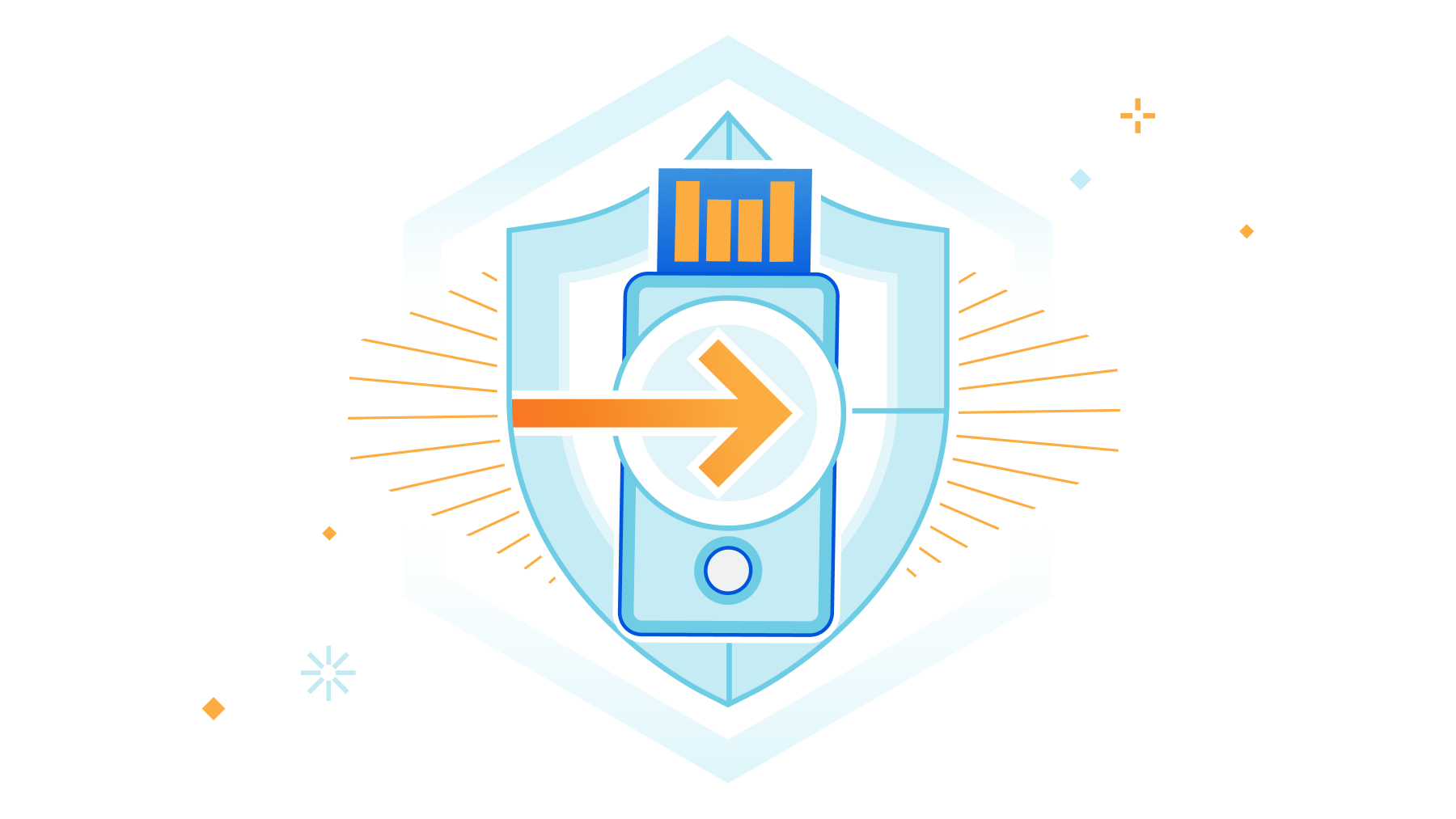Author Archives: Evan Johnson
Author Archives: Evan Johnson


Yesterday, November 1, 2022, OpenSSL released version 3.0.7 to patch CVE-2022-3602 and CVE-2022-3786, two HIGH risk vulnerabilities in the OpenSSL 3.0.x cryptographic library. Cloudflare is not affected by these vulnerabilities because we use BoringSSL in our products.
These vulnerabilities are memory corruption issues, in which attackers may be able to execute arbitrary code on a victim’s machine. CVE-2022-3602 was initially announced as a CRITICAL severity vulnerability, but it was downgraded to HIGH because it was deemed difficult to exploit with remote code execution (RCE). Unlike previous situations where users of OpenSSL were almost universally vulnerable, software that is using other versions of OpenSSL (like 1.1.1) are not vulnerable to this attack.
These vulnerabilities reside in the code responsible for X.509 certificate verification - most often executed on the client side to authenticate the server and the certificate presented. In order to be impacted by this vulnerability the victim (client or server) needs a few conditions to be true:


Cloudflare’s security architecture a few years ago was a classic “castle and moat” VPN architecture. Our employees would use our corporate VPN to connect to all the internal applications and servers to do their jobs. We enforced two-factor authentication with time-based one-time passcodes (TOTP), using an authenticator app like Google Authenticator or Authy when logging into the VPN but only a few internal applications had a second layer of auth. That architecture has a strong looking exterior, but the security model is weak. We recently detailed the mechanics of a phishing attack we prevented, which walks through how attackers can phish applications that are “secured” with second factor authentication methods like TOTP. Happily, we had long done away with TOTP and replaced it with hardware security keys and Cloudflare Access. This blog details how we did that.
The solution to the phishing problem is through a multi-factor authentication (MFA) protocol called FIDO2/WebAuthn. Today, all Cloudflare employees log in with FIDO2 as their secure multi-factor and authenticate to our systems using our own Zero Trust products. Our newer architecture is phish proof and allows us to more easily enforce the least privilege access control.


The Cloudflare Pages team recently collaborated closely with security researchers at Assetnote through our Public Bug Bounty. Throughout the process we found and have fully patched vulnerabilities discovered in Cloudflare Pages. You can read their detailed write-up here. There is no outstanding risk to Pages customers. In this post we share information about the research that could help others make their infrastructure more secure, and also highlight our bug bounty program that helps to make our product more secure.
Cloudflare cares deeply about security and protecting our users and customers — in fact, it’s a big part of the reason we’re here. But how does this manifest in terms of how we run our business? There are a number of ways. One very important prong of this is our bug bounty program that facilitates and rewards security researchers for their collaboration with us.
But we don’t just fix the security issues we learn about — in order to build trust with our customers and the community more broadly, we are transparent about incidents and bugs that we find.
Recently, we worked with a group of researchers on improving the security of Cloudflare Pages. This collaboration resulted in several security vulnerability Continue reading


It’s never been more crucial to help remote workforces stay fully operational — for the sake of countless individuals, businesses, and the economy at large. In light of this, Cloudflare recently launched a program that offers our Cloudflare for Teams suite for free to any company, of any size, through September 1. Some of these firms have been curious about how Cloudflare itself uses these tools.
Here’s how Cloudflare’s next-generation VPN alternative, Cloudflare Access, came to be.
Rewind to 2015. Back then, as with many other companies, all of Cloudflare’s internally-hosted applications were reached via a hardware-based VPN. When one of our on-call engineers received a notification (usually on their phone), they would fire up a clunky client on their laptop, connect to the VPN, and log on to Grafana.
It felt a bit like solving a combination lock with a fire alarm blaring overhead.

But for three of our engineers enough was enough. Why was a cloud network security company relying on clunky on-premise hardware?
And thus, Cloudflare Access was born.
Many of the products Cloudflare builds are a direct result of the challenges our own team is looking to address, and Access is a Continue reading

Since the very beginning, Cloudflare has offered two-factor authentication with Authy, and starting today we are expanding your options to keep your account safe with Google Authenticator and any Time-based One Time Password (TOTP) app of your choice.
If you want to get started right away, visit your account settings. Setting up Two-Factor with Google Authenticator or with any TOTP app is easy - just use the app to scan the barcode you see in the Cloudflare dashboard, enter the code the app returns, and you’re good to go.

Often when you hear that an account was ‘hacked’, it really means that the password was stolen.
If the media stopped saying 'hacking' and instead said 'figured out their password', people would take password security more seriously.
— Khalil Sehnaoui (@sehnaoui) January 5, 2017
Two-Factor authentication is sometimes thought of as something that should be used to protect important accounts, but the best practice is to always enable it when it is available. Without a second factor, any mishap involving your password can lead to a compromise. Journalist Mat Honan’s high profile compromise in 2012 is a great example of the importance of two-factor authentication. When Continue reading